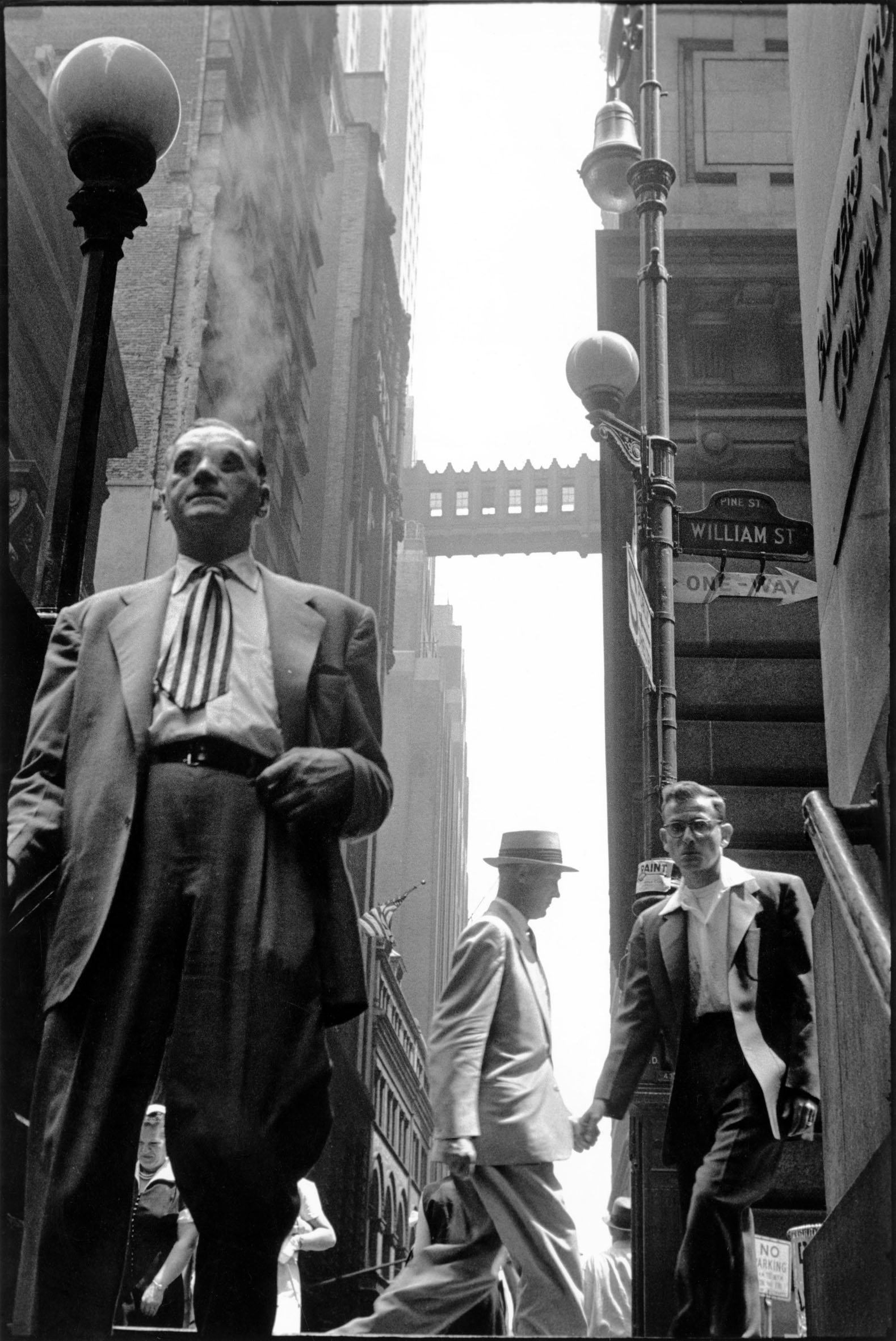The American photographer lived in Amsterdam from 1958 to 1970; in 1972 he became a full member of the influential press agency Magnum Photos. Leonard Freed was born in 1929 in Brooklyn, New York, to a Jewish family of East European origin. He started taking photographs in 1952 on various trips to Europe and North Africa. During his international career he documented the main events of the last half century, such as the Israeli-Palestinian conflict, civil rights movement campaigns in the States, the postwar division of Germany and the Romanian revolution of 1989. Hopeful faces at an antiwar gathering, military ceremonials on 14 July in Paris, an office party where staff are getting very merry indeed, and a young Martin Luther King radiating belief and idealism. Freed shows us men and women at work and at leisure, police officers confronting youths, children at play in a depressing ghetto. Time and again he succeeds in showing people who have been marked by their experiences and their environment in a penetrating and yet benevolent light. Even in the frozen moments of happiness, one is always aware of life’s transience. Freed is consequently often classified as a committed photographer or, in the words of Cornell Capa, ‘a concerned photographer’. This applies equally to his Amsterdam period. In 1958 he started selling photos to different periodicals, beginning with the Dutch version of War Cry, which Salvation Army soldiers distributed in cafés and restaurants. He joined the legendary Major Alida Bosshardt (1913-2007) on her trips from her Goodwill Centre in Amsterdam’s red light district, when she visited cafés, slums and brothels. He was soon working as a photographer for influential Dutch periodicals like Vrij Nederland. Leonard Freed belonged to the second generation of Magnum photographers, who lived for their work. But he always managed to remain autonomous and to examine individual themes in depth. As a result he produced no fewer than twelve thematic books, including Police Work: a famous photo reportage of the 1970s that was dedicated to the New York police. In it he showed the police in a sympathetic light – an unfashionable stance at a time when the police were being denounced as the root of all evil by young middle-class anti-war protesters. Other big projects, like Black in White America (1967) and La Danse des Fidèles (1984) about Jewish life, showed a similar approach. Leonard Freed died on 30 November 2006 in his home town Garrison, New York. The exhibition was mounted in cooperation with the Musée de l’Elysée in Lausanne and Magnum Photos in Paris. It will be accompanied by an extensive English-language catalogue with texts by William A. Ewing, Nathalie Herschdorfer and Wim van Sinderen (Steidl, € 40.00).
Fotomuseum Den Haag Stadhouderslaan 43 | Postbus 72 | 2517 HV Den Haag
